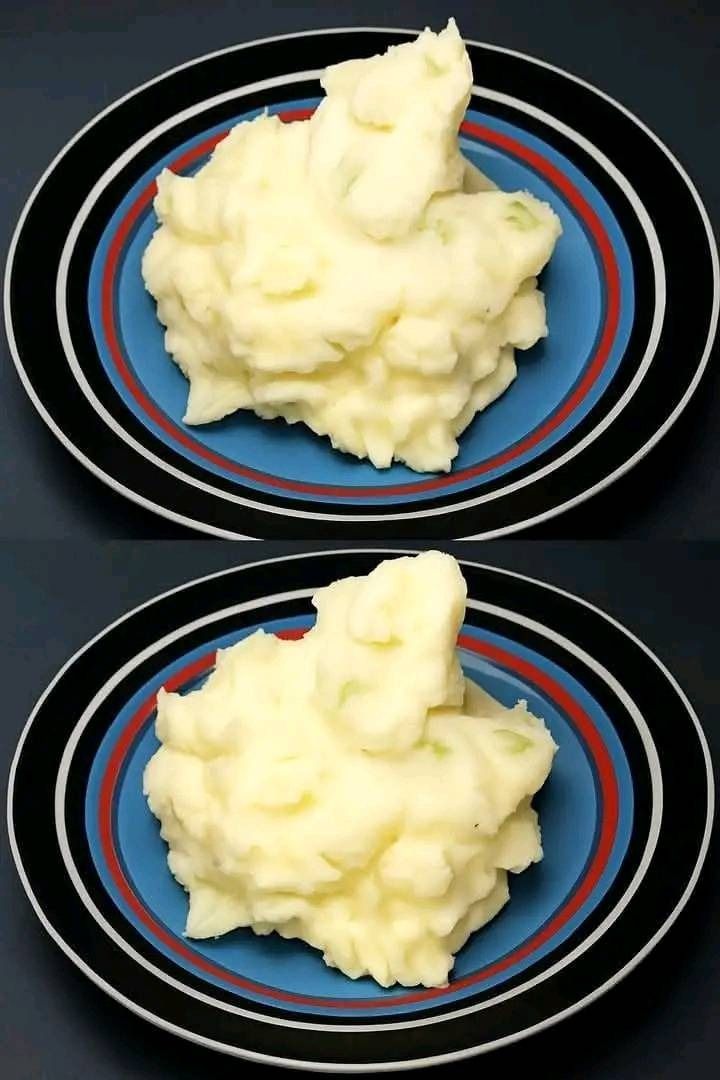Potatoes are a versatile and comforting staple, but cooking them to maximize their flavor can take your dishes to the next level. Whether you’re roasting, boiling, frying, or mashing, the key is to enhance their natural taste while adding complementary seasonings and techniques. Follow this step-by-step guide to unlock the full potential of potatoes and make them the star of any meal.
Step 1: Choose the Right Potato
Different potato varieties work best for specific cooking methods. Here’s a quick guide:
Russet Potatoes: Starchy and fluffy, ideal for baking, mashing, or frying.
Yukon Gold: Creamy and buttery, perfect for mashing, roasting, or boiling.
Red or New Potatoes: Waxy with thin skins, great for boiling, roasting, or using in salads.
Fingerling or Baby Potatoes: Sweet and tender, excellent for roasting or pan-frying.
Step 2: Prep Your Potatoes
Wash and Scrub: Clean the potatoes thoroughly under cold water to remove dirt. Use a brush for stubborn spots.
Peel or Leave Skin On: For rustic texture and added nutrients, leave the skin on. Peel if you prefer a smoother consistency (e.g., for mashed potatoes).
Cut Uniformly: Slice or dice potatoes into even pieces to ensure they cook evenly. Larger chunks are better for roasting, while smaller pieces are ideal for boiling or frying.
Step 3: Season Generously
Potatoes absorb flavors beautifully, so don’t skimp on seasoning. Here’s how to amp up the flavor:
Salt Early: Season with salt during boiling or before roasting to allow it to penetrate the potatoes.
Use Fresh Herbs: Rosemary, thyme, parsley, and dill pair wonderfully with potatoes.
Add Spices: Paprika, cayenne, garlic powder, onion powder, or smoked paprika add depth and complexity.
Incorporate Fats: Butter, olive oil, or duck fat enhance richness and create a crispy exterior when roasting or frying.
Step 4: Choose Your Cooking Method
Here are the best ways to cook potatoes for maximum flavor:
1. Roasted Potatoes
Why It Works: High heat caramelizes the natural sugars in potatoes, creating crispy edges and a tender interior.
How to Do It:
Toss diced or halved potatoes with olive oil, salt, pepper, minced garlic, and fresh herbs.
Spread them out in a single layer on a baking sheet.
Roast at 400°F (200°C) for 30–45 minutes , flipping halfway through, until golden and crispy.
2. Boiled Potatoes
Why It Works: Boiling softens potatoes for creamy dishes like mashed potatoes or potato salad.
How to Do It:
Place whole or diced potatoes in a pot of salted cold water.
Bring to a boil, then reduce to a simmer and cook until fork-tender (about 15–20 minutes ).
Drain and toss with butter, herbs, or spices for extra flavor.
3. Mashed Potatoes
Why It Works: Mashing releases the starchy goodness, creating a creamy, indulgent side dish.
How to Do It:
Boil peeled and cubed potatoes until tender.
Mash with warm milk, melted butter, salt, and pepper.
Add extras like roasted garlic, grated cheese, or sour cream for a flavor boost.
4. Fried Potatoes
Why It Works: Frying creates a crispy crust while keeping the inside soft and fluffy.
How to Do It:
Parboil diced potatoes for 5–7 minutes , then pat dry thoroughly.
Fry in hot oil (or use an air fryer) until golden and crispy.
Season immediately with salt, pepper, and herbs.
5. Grilled Potatoes
Why It Works: Grilling imparts a smoky flavor and charred texture.
How to Do It:
Slice potatoes thinly or parboil larger pieces for faster grilling.
Toss with oil, salt, and spices.
Grill over medium heat until tender and slightly charred.
6. Hasselback Potatoes
Why It Works: Thinly slicing the potato allows flavors to seep in while creating a crispy, fan-like presentation.
How to Do It:
Slice a potato thinly crosswise without cutting all the way through.
Brush with oil, butter, or spices.
Bake at 400°F (200°C) for 45–60 minutes , basting occasionally.
Step 5: Finish with Bold Flavors
Take your potatoes to the next level with these finishing touches:

